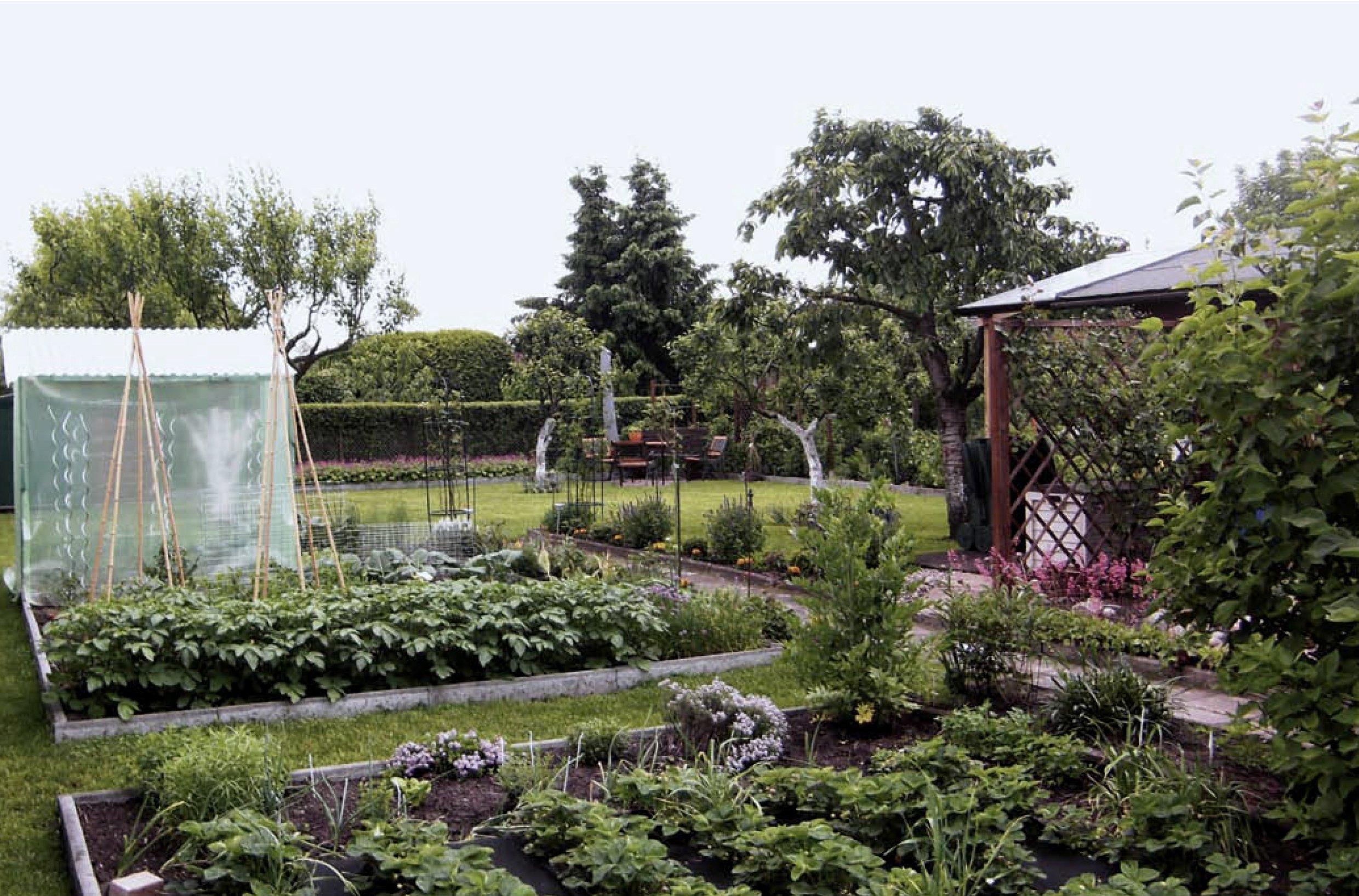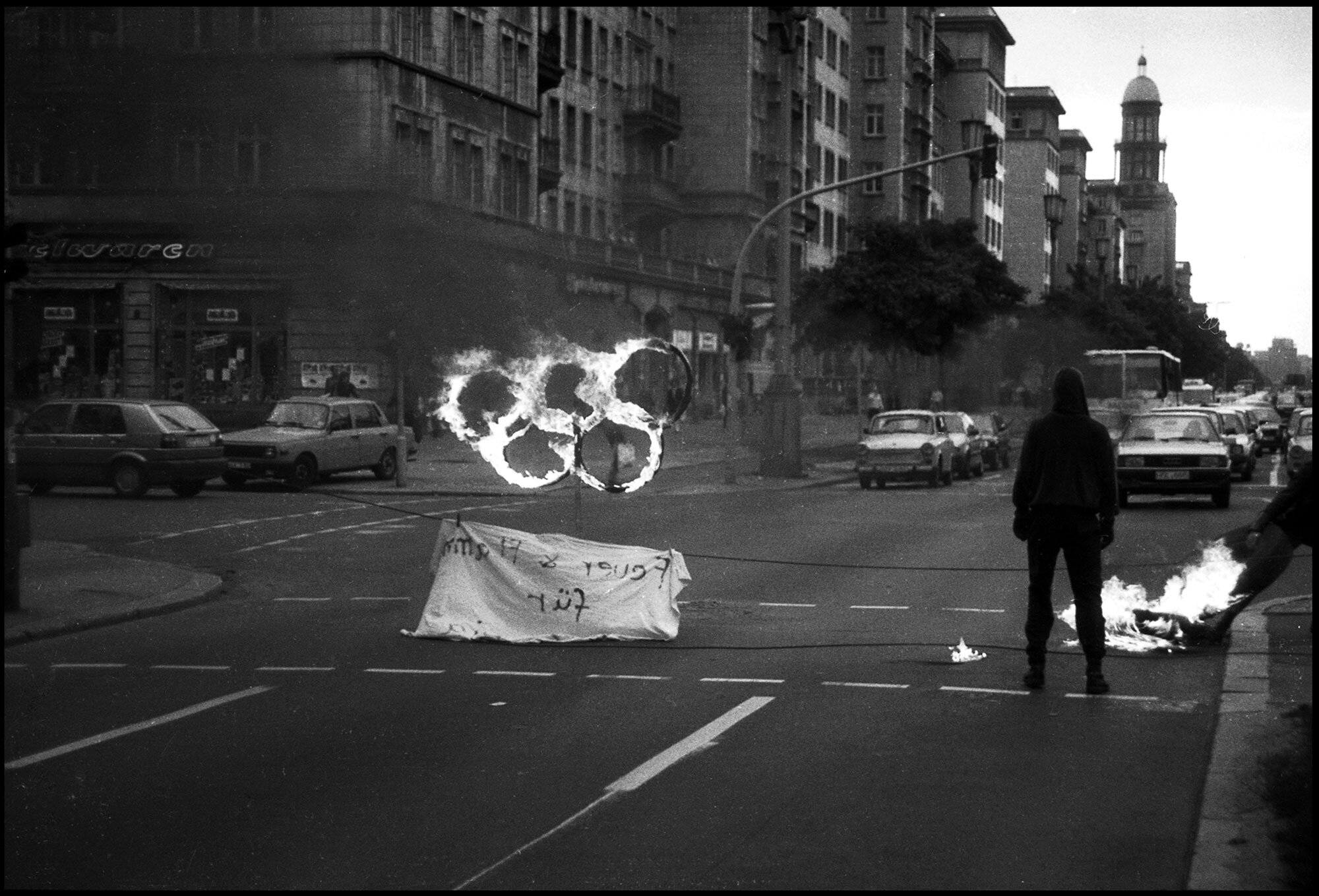This episode is all about the tiny houses with gardens you may have seen all around Berlin. They go by various names: garden homes, allotments, colonies, or in German: Schrebergäten, Kleingärten. The fact that they go by so many names reveals reveals their complex history and ongoing context within the city. If you are interested in getting one or understanding their history, significance, current troubles, and possible futures, tune in!
Episode 07 was written by Katarina Petrovic, Cody Swanson, and Nic Pinâ
Artwork by Katarina Petrovic
Music by Cody Swanson and One Man Symphony
+big thank you to: Lucia Martinez, Andi, Julien for being a part of this episode!
© SenStadtUm
Allotment gardens are conceptually positioned somewhere between a weekend or summer home, and a self-sufficient personal garden. In fact, you are encouraged to grow at least a small amount of food.
Today they exist in nearly every neighborhood of the city either in spaces hidden behind buildings, former sections of no-man's land, or in vast fields with row after row of up to 1000 small houses. Garden colonies make up one fourth of Berlin´s green space
.Image source: Google maps
Garden colonies have been a part of Germany, and especially Berlin, since the 1800s.
Berlin 1928.- Rehberge garden colonies, © Landesarchiv Berlin
The German Red Cross began operating what would become known as Arbeitergärten, or workers gardens, reserving undeveloped plots across the city to be cultivated for and by workers, giving these impoverished Berliners a much needed supplementary source of sustenance and income
Early allotment gardens even had farm animals, © Landesarchiv Berlin
Today, the way Berliners use it, varies a lot.
Pictured below are Lucia and Andi, who spend most of their weekends here in their garden, growing different kinds of food.
“In summer, we spend almost every weekend here and we relax and we cook with friends. And this is kind of something that makes us the happiest. We can plant a lot of vegetables, and during the summertime we don't buy vegetables because we have so many”, says Lucia.
Lucia’s and Andi’s garden. ©Lucia Martinez
Lucia and the Laube, ©Lucia Martinez
Andi in their garden, ©Lucia Martinez
\ FURTHER READING AND EXPLORING
Official website of the Senate in charge of their planning, distribution and maintenance
Garden allotments federal law (German)
there is a museum of Garden Allotments, if you ever happen to have some spare time in Leipzig
\ ARTICLES
about illegal use of gardens as a long term home
Informative text about the general history of gardens, with some nice photos


















